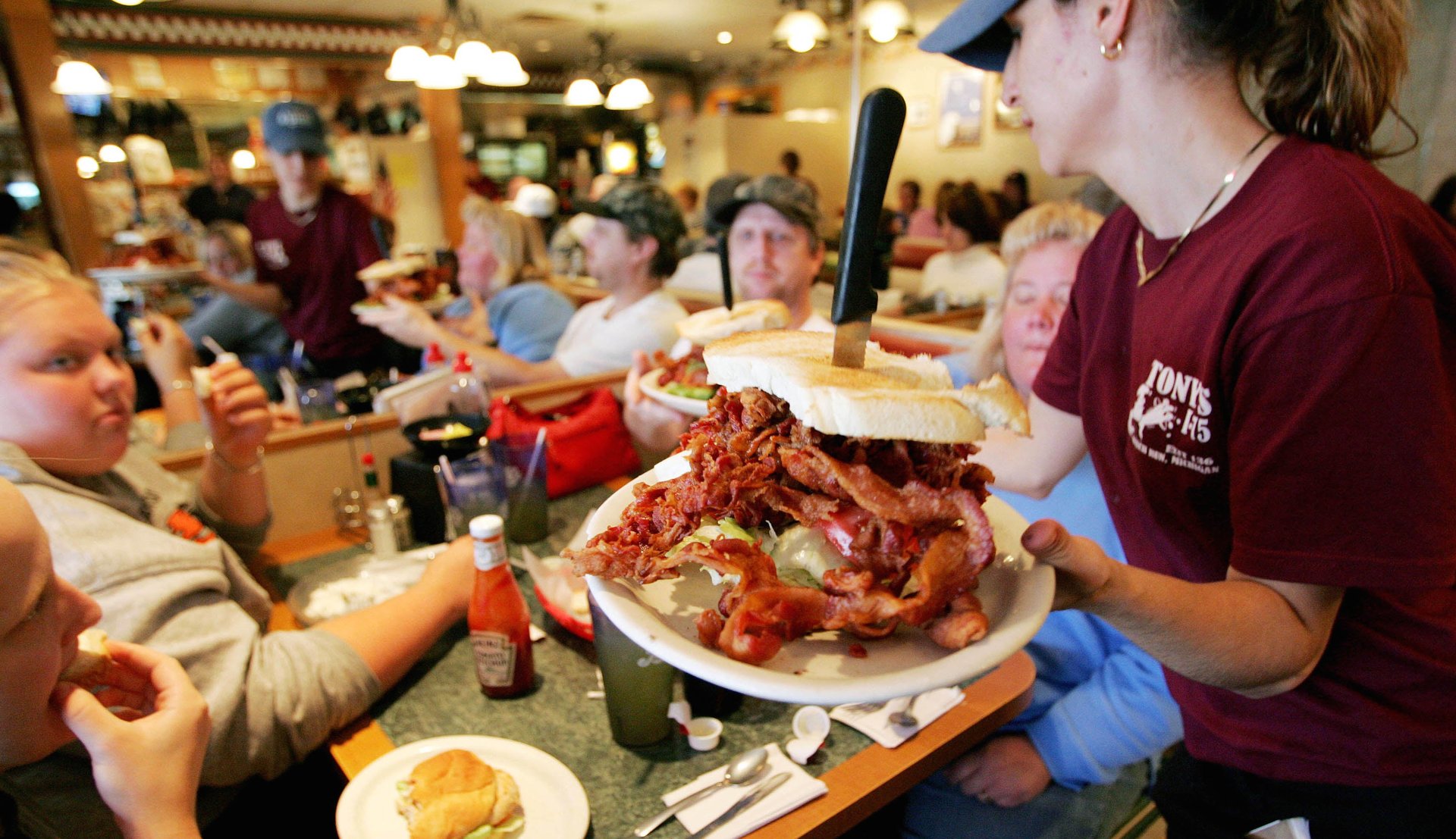Let 2016 be the year we agree tipping is terrible for both workers and customers
What’s an acceptable percentage to tip? The amount has been accelerating without any clear economic force driving it, and with unclear benefits for all parties involved. In the 19th century and during the first half of the 20th century, a 10% tip was common. By the 1980s, 15% tips had become the standard. Now we observe 18%, 20%, and even 25% tipping rates.


What’s an acceptable percentage to tip? The amount has been accelerating without any clear economic force driving it, and with unclear benefits for all parties involved. In the 19th century and during the first half of the 20th century, a 10% tip was common. By the 1980s, 15% tips had become the standard. Now we observe 18%, 20%, and even 25% tipping rates.
Perhaps as a result, tipping is a constant source of tension and debate, and a favorite topic for social and economic critique. And, like any controversial subject, it has its own little-understood rules and oddities.
Here’s one that stands out: Employees who qualify for tips are not paid the current mandated federal minimum wage of $7.25 per hour. Instead they are paid a minimum wage of only $2.13 per hour—presumably because their tips make up for their lower wages. If the tips do not make up the difference, then the employer is required to do so. But with limited reporting and enforcement, it is hard to know how this rule plays out. (Some states require higher minimum wages than the federally required $2.13 per hour, and a few states do not allow lower minimum wages for tipped employees.)
For this reason, along with others, we have to ask: do tips really make workers better off? Alternatively, how would service markets perform if tipping was replaced by a practice where prices included all service charges and customers were asked not to leave tips? This is the policy that restaurateur Danny Meyer announced in 2015, for example, applicable to 13 of his New York restaurants.
Empirical research based on customer surveys in restaurants shows very little correlation between the rate of tipping and customer satisfaction. Therefore the level of service is unlikely to change much in Danny Meyer’s restaurants.
Whereas once people viewed tipping as a way to ensure good or better service on their next visit, people now leave tips in places where they are unlikely to return. Tipping has become more of a social norm and less of an economic exchange.
Yet this system doesn’t make a lot of economic sense. For one thing, recent research shows that tipping workers a certain percentage does not translate into an equivalent increase in workers’ total income. In fact, in an extreme case, workers’ income may even decline with an increase in the rate of tipping.
This is not surprising. Just as with any other tax or subsidy, some of the gains are absorbed by employers who reduce the wages that they pay restaurant workers, expecting tips to make up the difference.
Another issue is that while tips do generate high income for some employees, the majority of tipped employees experience big fluctuations in income depending on the flow of customers–a factor that’s out of their control. And perhaps more importantly, tipping allows employers to offer workers a significantly lower minimum wage.
What all this suggests is that regardless of whether one supports the idea of minimum wage to begin with, or is against mandating any minimum wage, it is clear that as long as minimum wage is mandated, there is no reason why tipped employees should be paid a lower rate. Tips are failing to even things out.